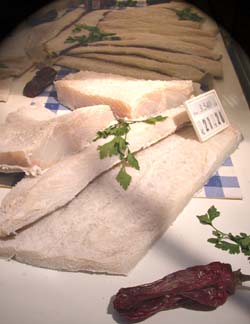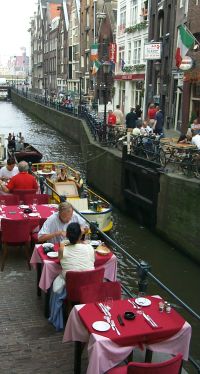The 15th Annual High Times Cannabis Cup
Amsterdam, November, 2002.
Review by Skip Stone
Last year’s Cannabis Cup was held under the shadow of 9/11. Numbed by the events of the prior 2 months, the 2001 Cup seemed muted. It felt odd to be so concerned about Cannabis when the future appeared so uncertain and fraught with danger. Yet it was an important affirmation of free speech during a time when our liberties were being sacrificed out of irrational fear.

The Peace Cup
The vibe for this year’s Cup was far more upbeat. Carrying on the tradition of the counter-culture, High Times & 420 Tours designated this year’s event the Peace Cup. In a time when our government is insistent upon dragging the world into yet another senseless war, it takes courage and conviction to speak out for peace. One of the great benefits of Cannabis is that it presents users with an alternative perspective, a more peaceful, serene outlook, that many could use these days.



 The Zeedijk has been renovated and is now a wonderful pedestrian mall that wanders through the oldest part of Amsterdam. Once the shipping center of Amsterdam, it’s now home to Amsterdam’s Chinatown with restaurants, pubs, small shops, and many residences hidden away on upper floors.
The Zeedijk has been renovated and is now a wonderful pedestrian mall that wanders through the oldest part of Amsterdam. Once the shipping center of Amsterdam, it’s now home to Amsterdam’s Chinatown with restaurants, pubs, small shops, and many residences hidden away on upper floors.